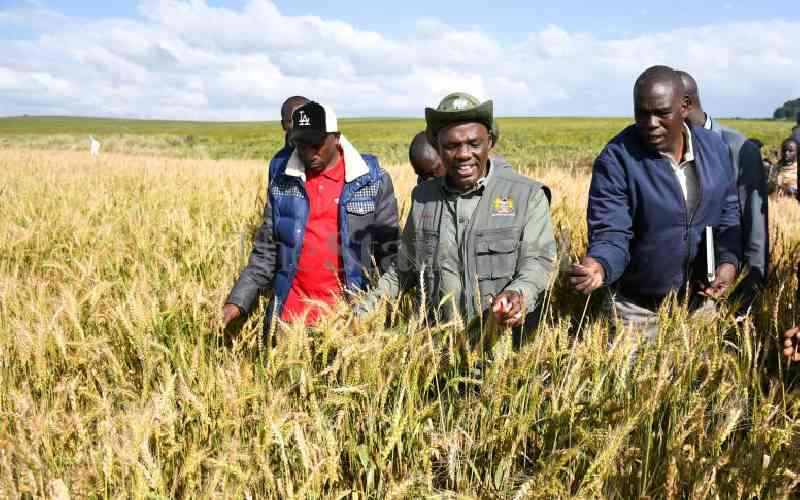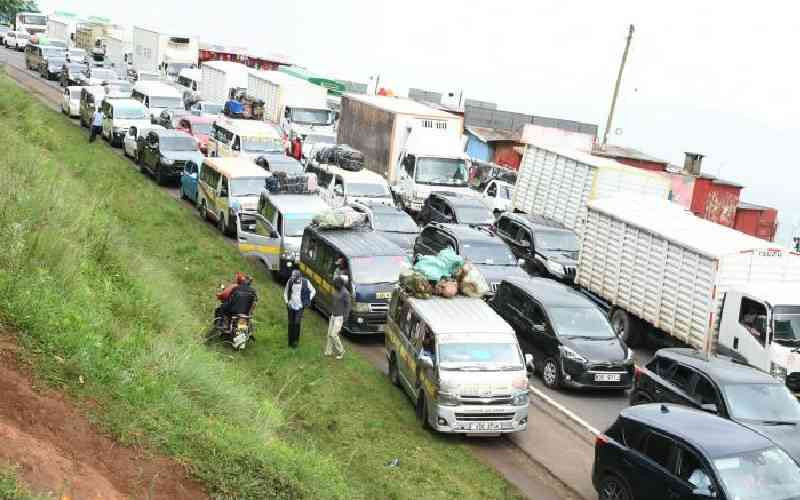
Central Bank of Kenya has warned that increased borrowing by State firms from commercial banks could expose the banking industry and other financial institutions to the risk of bad debt.
According to the Kenya Financial Stability Report released yesterday, the banking industry’s loans to parastatals amounted to above Sh100 billion by December 2019.
The energy sector accounts for the largest share.
A total of 35 banks extended loans to State entities and parastatals last year, thus comprising some of the largest single borrower exposures.
State-owned enterprises (SOEs) in the agriculture sector were able to service their loans, while those in the transport, trade and manufacturing sectors have their loans mostly in watch and doubtful categories.
This was mostly attributed to a slowdown in economic activity, competition from cheaper imports and weak governance that have reduced their viability.
This in turn exposes the banking industry to vulnerabilities in the SOEs.
“The long term debt to assets ratio for SOEs increased marginally, from 108.1 in 2018 to 108.5 in 2019, while the accumulation of long-term debt relative to equity by private corporates declined,” the report said.
“SOEs have accumulated debt faster than private corporates.”
The report used information from the Capital Markets Authority, Retirement Benefits Authority, Sacco Societies Regulatory Authority and Insurance Regulatory Authority.
CBK said the high level of long-term liabilities against slow growth in assets suggest that the debt was not used to fund SOEs assets.
This in turn limits productivity, expansion capacity and profitability of the entities.
It also raises both fiscal concerns and financial stability issues through their exposure to financial institutions by borrowing and the government by ownership, CBK said.
Stay informed. Subscribe to our newsletter
Already, the Covid-19 pandemic has eroded commercial banks’ asset quality gains made in 2019 as shown by the increased non-performing loans (NPLs).
The ratio of NPLs to loans deteriorated to 13.1 per cent in June 2020 from 12 per cent in 2019.
The higher figure reflects worsening households’ livelihoods and business closures, staff layoffs due to disruptions in supply chains, restrictions of movements and lockdowns.
Credit risk
The NPLs increased by 14.6 per cent in the first half of 2020 to 381.98 billion shillings in June 2020, indicating elevated credit risk.
“Short term liabilities to assets and to total equity ratios of SOEs increased from 15.4 per cent and 12.6 per cent in 2018 to 16.6 per cent and 13.5 per cent in 2019, said the report.
“However, current liabilities to current assets ratio increased from 63.1 per cent in 2018 to 66.3 per cent in 2019, indicating that SOEs, especially in the services sector, are accumulating short-term liabilities much faster, which is not good for capital formation,” it said.
 The Standard Group Plc is a
multi-media organization with investments in media platforms spanning newspaper
print operations, television, radio broadcasting, digital and online services. The
Standard Group is recognized as a leading multi-media house in Kenya with a key
influence in matters of national and international interest.
The Standard Group Plc is a
multi-media organization with investments in media platforms spanning newspaper
print operations, television, radio broadcasting, digital and online services. The
Standard Group is recognized as a leading multi-media house in Kenya with a key
influence in matters of national and international interest.
 The Standard Group Plc is a
multi-media organization with investments in media platforms spanning newspaper
print operations, television, radio broadcasting, digital and online services. The
Standard Group is recognized as a leading multi-media house in Kenya with a key
influence in matters of national and international interest.
The Standard Group Plc is a
multi-media organization with investments in media platforms spanning newspaper
print operations, television, radio broadcasting, digital and online services. The
Standard Group is recognized as a leading multi-media house in Kenya with a key
influence in matters of national and international interest.










